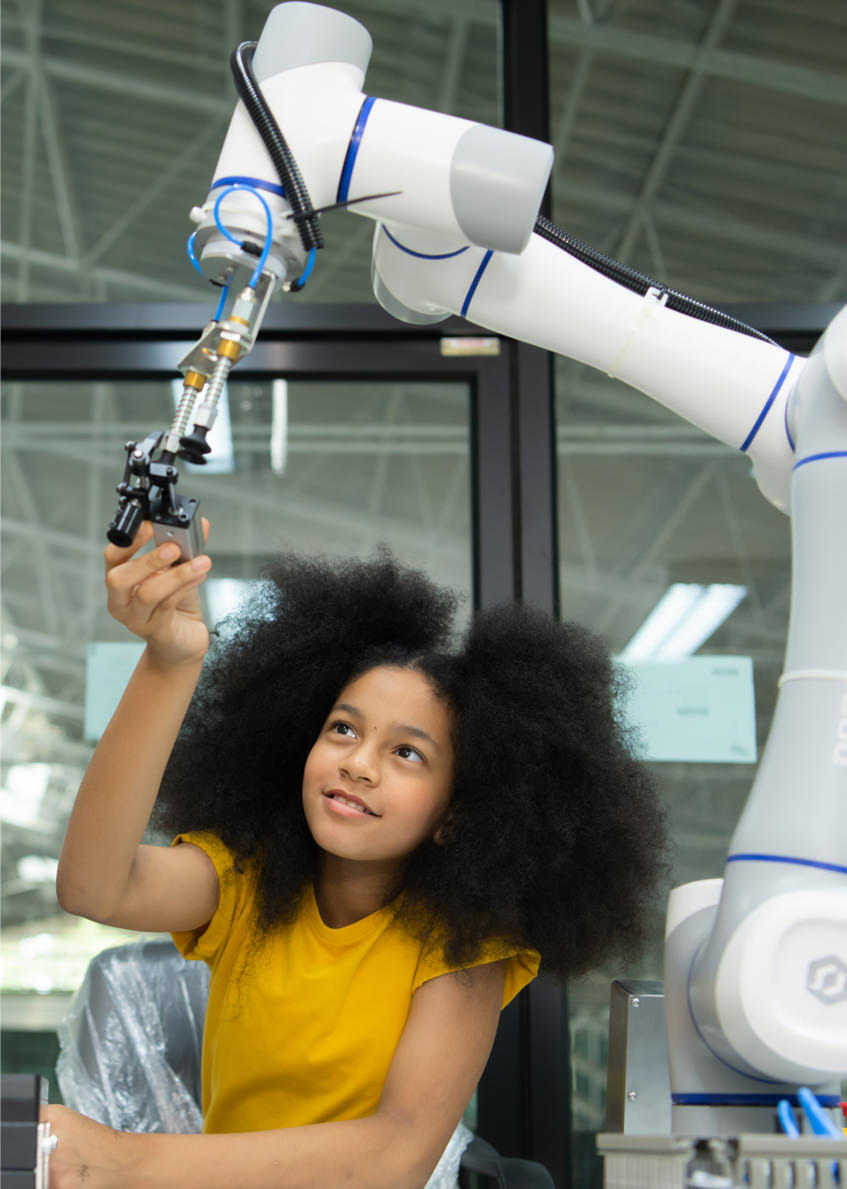
ENGINEERING MINDSET
REPORT


A VISION FOR CHANGE IN UNDERGRADUATE ENGINEERING AND ENGINEERING TECHNOLOGY EDUCATION
Why there’s a need for change
Fundamentally unchanged since 1955, our current, highly-standardized engineering education system was created to prepare graduates for a world of predictable jobs, stable careers, and homogeneous cultures.
It’s a mindset that can lead to:
- A weed-out mentality that excludes vast proportions of our society at a time when the need for engineering talent and diversity of thought is more critical than ever.
- A focus on introductory courses in mathematics and science, especially calculus, is the foundation of all engineering and is viewed as a proxy for engineering student talent.
- An emphasis on technical competency and monetary profits, rather than human impacts and social good.
- An education system that is inflexible and uninspiring to many segments of our diverse population.
- Systemic barriers that hinder us from achieving our full potential as a profession.
- A reliance on professors who lecture at their students, despite extensive scholarship on the merits of student-centered, active learning pedagogies.

We are at a crossroads in engineering education. We can either continue to incrementally improve a system handed to us by our past or design a new system that addresses the challenges we face now and tomorrow.

This material is based upon work supported by the National Science Foundation under Grant No. DUE-2212721.
Any opinions, findings, interpretations, conclusions or recommendations expressed in this material are those of its authors and do not represent the views of the National Academy of Engineering, American Society for Engineering Education, or National Science Foundation.
© Copyright 2024. American Society for Engineering Education. All rights reserved.

